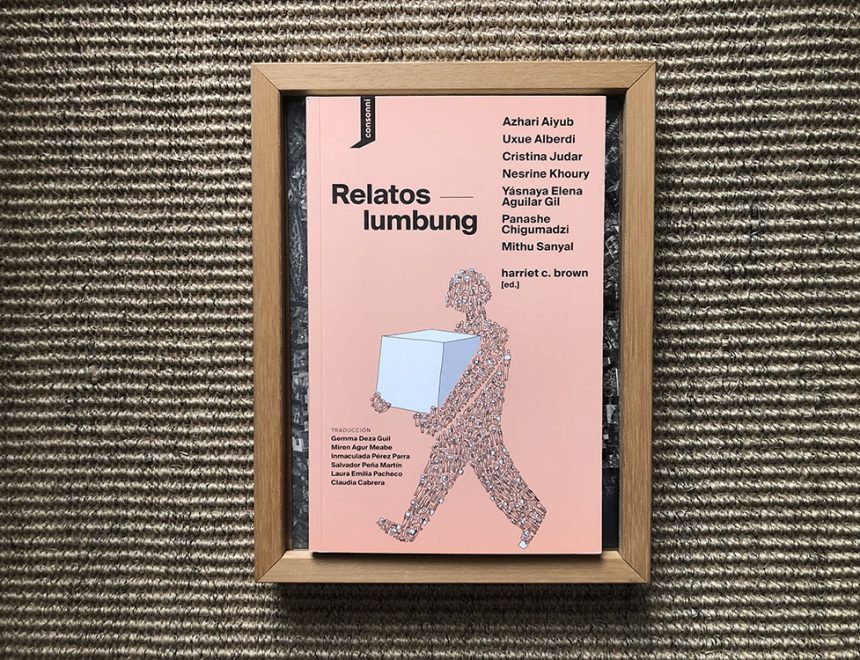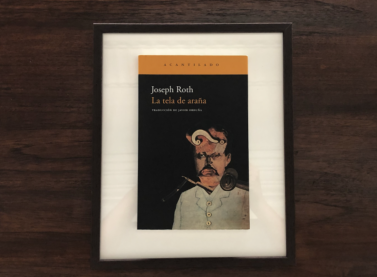El gesto narrativo. Arts in a global world
Lumbung Stories (2022), Azhari Aiyub et. al. Ed. harriet c. brown
The collection from IVAM is organised using six chronological and themed blocks which explain, with their own voice, the art developed from the beginning of the 20th century to the modern day. Perhaps not everything is as it is (or was), but it is everything that exists. Stories of the present – and those that come from far away but are updated in our present- should be told as a polyphony of voices and from contexts that make us sharpen our critical eye regarding their construction and relevance.
Over six sessions, using six books, we will delve into the narrative actions that literature offers us and we will link them together, sometimes with simple gestures and sometimes with more complex choreography, with the IVAM collection. The worlds of fiction build reality; they are reflective mirrors or transparent windows, but they always tell us what we are, or what we are eager to become, from our previous experience and towards our future possibility of transforming ourselves. In these narrative gestures, traversed by stories and lives, we will slow down.
1990-2001: Arts in a global world
This period saw the globalisation of contemporary art discourse and the phenomenon of the exhibition. In considering it, we must address the proliferation of exhibitions giving a voice to global “others”, and also take into account the conceptual shifts this necessarily led to in museum exhibitions. The complex demands of minority and subaltern majority identities must be taken into account, as well as the explosion of popular phenomena and the renewed discourses of feminism. New formats and materials also appeared, giving rise to hybrid categories of artistic genres in large installation formats. Abstraction also incorporated socially critical imagery and postcolonial discourses. The nineties also saw the birth of gender politics and many other non-hegemonic manifestations which began to permeate institutional collections and exhibitions.
—Lumbung Stories (2022), Azhari Aiyub et. al. ,Ed. harriet c. brown Incudes stories by Azhari Aiyub, Uxue Alberdi, Cristina Judar, Nesrine Khoury, Yásnaya Elena Aguilar Gil, Panashe Chigumadzi, Mithu Sanyal. Trans. Gemma Deza Guil, Miren Agur Meabe, Inmaculada Pérez Parra, Salvador Peña Martín, Laura Emilia Pacheco, Claudia Cabrera.Cassava Republic Press
(Relatos lumbung, VV AA. Edited by harriet c. brown. Ed. Consonni)
“Lumbung” was used in documenta 15 as a concept implementing collective work done for the common good. The Indonesian term refers to the communal barn, generally a rice barn, where the surplus harvest is stored to benefit the community. As a practice, it gives a name to the communal management of shared resources and community work. This book is an anthology of fictional stories written by plural voices (seven writers and a collective) in which the writers try to imagine the possibilities of collaborative practices from different places across the globe – in a world whose distances have shrunken over the past decades to a “click away”, and which now faces the greatest challenge in centuries; one which for the first time directly involves the survival of the planet itself.




